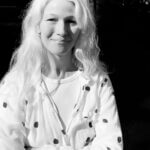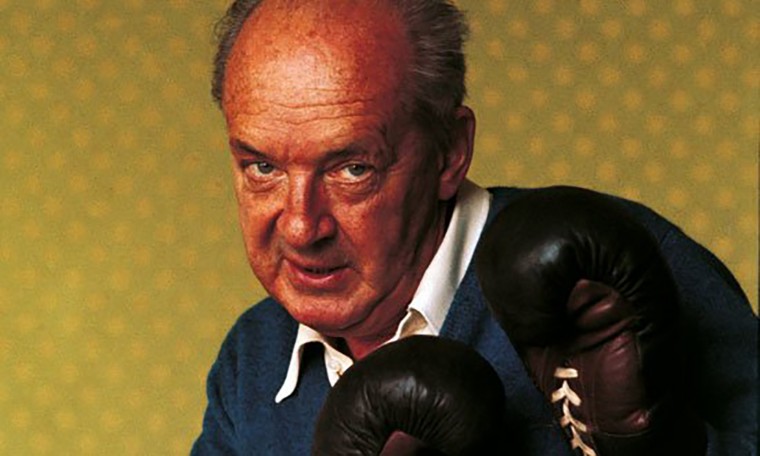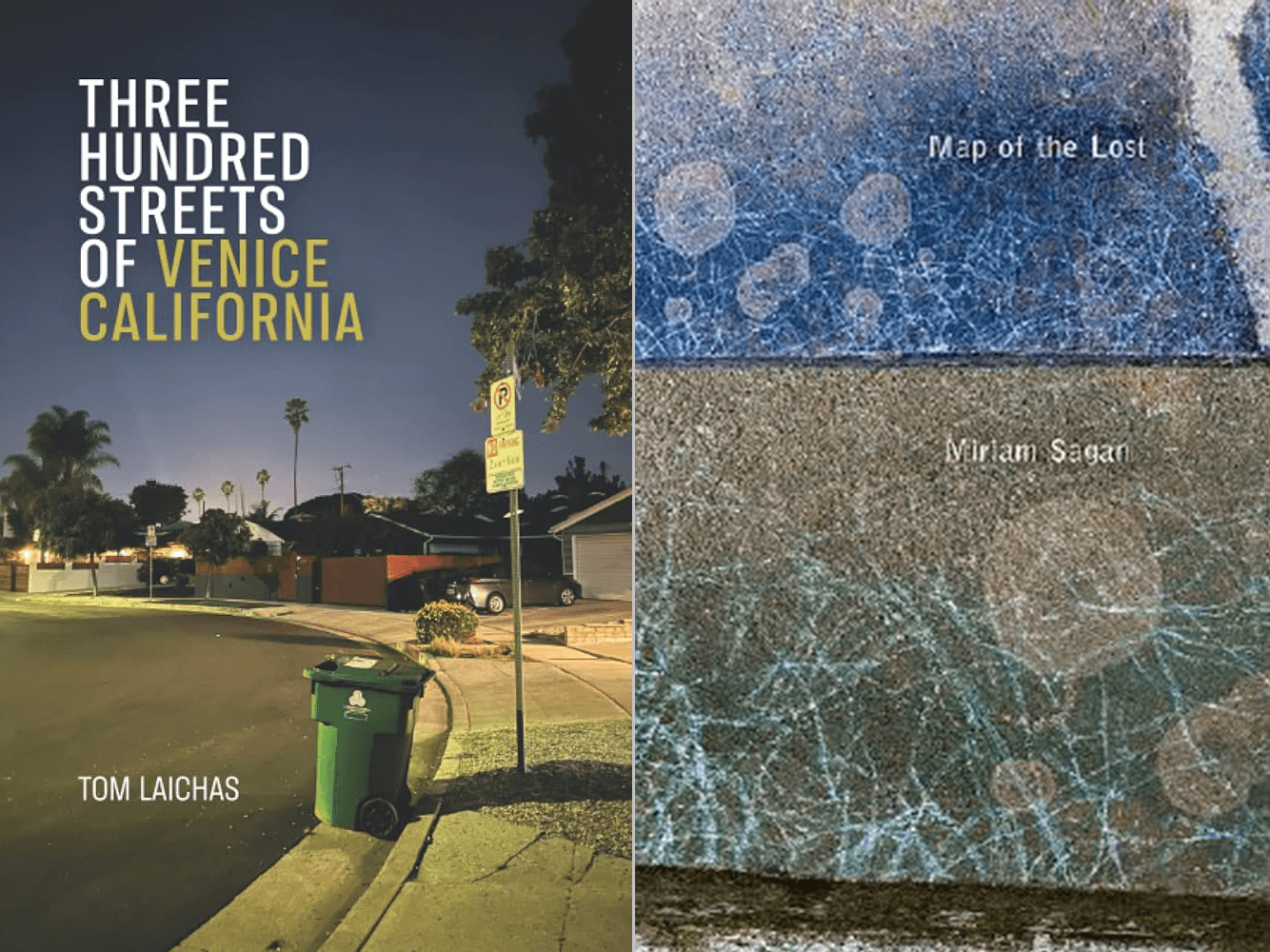
Photo by Shubham Dhage on Unsplash
Essay
How to Tell a True Origin Story of a Novel
by Nina Schuyler
This is true.
When I was young, maybe five or six, I realized I was once nothing, and one day I would be nothing again. It wasn’t a formed thought, but an image of my body plunged into grayness, floating in space, and that one day I’d return to this dusky existence. This was before any pet had died, or my uncle had come back from the Vietnam war with a vacant look in his dark eyes and a trembling frailty in his hands and legs, as if each step must be taken carefully, as if a bomb might be lying in our front yard or under the swing set. I didn’t obsess about the nothingness that awaited me, but it was a knowing that lay below the surface of the everydayness, under the swing sets and tag and capture the flag.
We went to church, my mother and three sisters and I, where in our Sunday school class, a foot-high Jesus statue hung on the wall, his arms pinned to a wood cross, his legs, too, his head drooping like a dying, desiccated plant. My father refused; he preferred working in the garden. The teacher smelled like wisteria and told us about heaven, and I remember the relief—later lost, quickly, permanently—that the grayness of nothing might turn into a bright light where everyone good and kind and a believer hung out.
My novel is about a female mathematician, Virginia, who uses artificial intelligence to bring back her dead lover. The two anecdotes I just told you might seem like the origin story of my novel. If someone tells you an origin story like this, don’t believe it. A true origin story defies Occam’s razor that an explanation should be constructed with the smallest possible set of elements. If someone tells you an origin story like that, you should walk away because you’ve been told a lie.
I read Virginia Woolf’s To the Lighthouse in high school, and then I read it again and again, hoping to burn her extraordinarily supple sentences into my skin, my fingers, my ears. This is, I’ve come to understand, a writer’s education. I read Toni Morrison, James Baldwin, James Salter, Denis Johnson, Andre Dubus, Magda Szabo, Elena Ferrante, Jude Nutter, Pedro Lemebel, Stuart Dybek, William Faulkner, Olga Tokarczuk, Bruno Schulz, Amy Hempel, Elizabeth Bishop, César Aira, on and on. I wrote short stories and poems, so many piled up in a drawer, practicing how to make sentences that shed the husk of dull and lifeless. A magic trick, words. A spell, spelling.
I almost died when I was 40; one day, I will die.
If you write a novel, chances are you’ll be asked about the origin story. It might be: how did you come up with the idea? Or: what made you want to write this? Or: did any of this happen to you? (a slap on imagination’s cheek). What that person is looking for is an easy A=B story. They want a story about the origin of the story. You’ll have to find a way to prepare the inquirer for the true origin story. Maybe say: imagine a hundred rubber bouncy balls ricocheting off walls.
You can eat cheaply in Japan if you get by on ramen and rice and miso soup. Apples, though, can put you in serious debt. As a young woman, Virginia meets Haru, who is a professor of mathematics. He agrees to teach her advanced math, something women were denied routinely from 1940 to the 1960s because they’d take the spot of a promising young man. Or they were told they couldn’t understand it.
In Japan, a foreign female tourist can travel without the threat of violence. Did you hear that? You can walk around not mummified by fear. I’ve been to Japan plenty of times alone, meandering down narrow alleys or packed little shops or small hole-in-the-wall restaurants. It’s telling, though, that the Japanese have three alphabets, and foreign words, such as “computer,” are written using a different alphabet, as if they might contaminate or stain what is pure Japanese, whatever that is.
A true origin story usually doesn’t make logical sense.
The futurist Ray Kurzweil predicts that in ten years, we will achieve immortality. Nanobots, tiny robots, will repair our bodies at a cellular level. What if humans don’t die? What will it mean to be human? Do we know what it means now?
For years, my good friend and I have hiked for hours, with the conversation unspooling, philosophy, literature, poetry, psychoanalysis, human nature, and what he plans to cook for dinner. He loves to cook. Several years ago, he had a stroke and both his hands still shake. When he dies, who will walk with me and let the conversation roam to places where there are no answers? We aren’t looking for answers, only wonder.
A true origin story rings true because it feels like a mess, chaotic, or maybe a collage with no temporal connection. If that’s the sensation, it’s a good indicator it might be true.
The philosopher Graham Harman says that objects exist independently of human perception. Objects are inexhaustible, which means we think we know about the object, but we don’t really. And I’d say we think we know what we’re doing, but there are forces at work that remain elusive, like falling in love, like why some memories are emblazed on our brains and others fade and are forgotten, like wanting to write and make things up.
In many cases, a true origin story can’t be believed. I’m telling you, if someone says this is the origin story, you should be skeptical. Because in the act of writing, with the balls bouncing wildly, riotously, you’re often floating outside of yourself, the so-called self a puddle on the floor. Like a little death. That’s when the writing is going well.
Late at night on the train, sometimes the Japanese businessmen stumble on, very drunk, very loud, the fumes of alcohol sizzling the air, and they will stare at you and say things. Then, you can turn around and say, Zembu wakarimasu, I understand everything you’re saying. The train goes quiet.
When I worked at an investment bank, all the partners and associate partners, all of whom were men, went on a business trip. Back then, I wore dark suit coats and dark, to-the-knee skirts, with dark nylons and flat shoes. When they came back from their trip, they had photos that they’d taken at a strip show. I could hear them laughing in the glass-walled conference room. It was a good trip, I was told later.
A writer friend just sent me this: “Honour thy error as a hidden intention” from Brian Eno’s Oblique Strategies.
Jacques Lacan says we need a mirror, someone to say, see, this is who you are. Only then can the self form, only then can the ego emerge. The holding of a mirror is subtle. You can’t ask a friend, who am I? Tell me. Because who can answer honestly to such a thing? It comes in fragments, pieces, a random comment. You have a mind like a magpie, says a friend. You need your solitude, says another. You gather the pieces and become analyst and analysand, putting them together. Such a friend is rare; no, such a friend is extraordinary.
My friend who wanders the dirt hiking hills with me has cancer again.
I read Nick Bostrom’s “Are We Living in a Computer Simulation?” There’s no way to prove if we are or aren’t living in a computer simulation. It’s like the brain in a vat problem. In the novel, The Anomaly by Herve le Tellier, a character rages against this idea: “If a program can feel desire, can love, and can be hurt, what are the algorithms for desire, love and pain?”
Another character thinks (and I agree): what difference does it make? Simulated or not, we all live, feel, love, suffer, and create. Maybe an origin story begins at the beginning, woven into someone at the cellular level, at the beginning of time, creating an inexplicable, ineffable need to look deeply at the world, to let it pull and snag until it stirs something inside that must be put into language for whatever reason.
The philosopher Shelly Kagan wrote that when you’re dead, you’re dead. You won’t feel anything, so what are you worried about? It’s the anticipation of death that’s anxiety-provoking. The people who loved you are the ones in real pain.
In 2015, Eugenia Kuyda, founder of Replika, lost her close friend, who died in a car accident. Kuyda refused death. She just said no, and since she was a software engineer, she made a neural network and fed it all the texts he’d written to her and other friends. Because she didn’t want the conversation to end. And it didn’t.
Before Alan Turning and John McCarthy, who coined the term “artificial intelligence” in 1956, there was Ada Lovelace, daughter of Lord Byron. Lovelace inspired Turing to devise the Turning test, when we can’t tell the difference between AI and a human. Ada, the first computer programmer.
I held out for the longest time. I didn’t want a smartphone, or any phone for that matter. I didn’t want to be found, to be at the whim of a phone call, a request, a child needing something, a sales pitch. I wanted my sphere of privacy to exist without the tremble of interruption at any moment. But my son stepped out into the world, a driver’s license, friends, parties, and that caused a different inner quaking. Now, like everyone else I know, my phone is an appendage, like an arm, or something vital, my memory. Professor of Religion Mark C. Taylor calls it intervolution, the weaving together of the body and machine.
If we could live forever… if my older friend, who is eighty with cancer for the second time. If he could continue talking to me…
In the end, a true origin story is really a love story, a love of writing, for whatever reason (our loves are so mysterious, beyond us) of loving the world so much that you want to expand it and mold it and create with it by using words and mingling with the imagination. And so there appears a young woman who loves math and who envisions a life among a tower of math books like a small, beautiful city, and across the table, there’s a man who cracks the world wide open for her and says, yes, walk on.
About the Author
 Nina Schuyler’s novel, Afterword, will be published in May 2023 by Clash Books. Her short story collection, In this Ravishing World, won the W.S. Porter Prize for Short Story Collections and The Prism Prize for Climate Literature and will be published by Regal House Publishing in 2024. She teaches creative writing for The University of San Francisco and Stanford Continuing Studies.
Nina Schuyler’s novel, Afterword, will be published in May 2023 by Clash Books. Her short story collection, In this Ravishing World, won the W.S. Porter Prize for Short Story Collections and The Prism Prize for Climate Literature and will be published by Regal House Publishing in 2024. She teaches creative writing for The University of San Francisco and Stanford Continuing Studies.


